numéro d'article:
PLA-NA-LGF30Paiement:
T/T or L/C (other payment ways also can be diorigine du produit:
Xiamen, ChinaCouleur:
Original color (also can be customized)port d'expédition:
Xiamen, ChinaPLA
Le PLA (acide polylactique) est également connu sous le nom d'acide polylactique, le processus de production de l'acide polylactique est sans pollution, et le produit peut être biodégradable pour réaliser le recyclage dans la nature, c'est donc un matériau polymère vert idéal, et l'un des représentants de plastiques biodégradables.
La structure du PLA a une influence importante sur sa résistance à la chaleur, sa ténacité, sa résistance mécanique, sa dégradabilité et sa biocompatibilité. L'influence sur la résistance à la chaleur est principalement discutée ci-dessous.
Il n'y a qu'un seul sous-méthylène sur la chaîne principale de la molécule PLA, la chaîne moléculaire a une structure en spirale et son activité est faible. En conséquence, le PLA après moulage par injection ne cristallise presque pas en raison de la lenteur de la vitesse de cristallisation, de sorte que la résistance à la chaleur du produit est médiocre. Au cours du traitement à chaud, la liaison ester est partiellement rompue pour produire un groupe carboxyle terminal, qui joue un effet de dégradation autocatalytique sur la dégradation thermique du PLA.
PLA renforcé LGF
The rigidity of the fiber makes it play the role of skeleton support in the polymer matrix. When the polymer is heated, the movement of the chain segment is limited, thus improving the heat resistance of the material.
At present, the fibers that can be used for enhancement modification of PLA include natural plant fiber (sisal, flax, linen, bamboo, coconut, wood fiber, etc.), natural animal fiber (silk, etc.), mineral fiber (basalt fiber, etc.), and chemical fiber (carbon fiber, glass fiber, etc.). Among these fibers, carbon fiber and glass fiber are widely used for their high strength and high modulus. Natural plant fiber has been widely studied because of its wide source, degradability and improved thermal and mechanical properties of composites.
Modified natural fiber and modified inorganic fiber (glass fiber or carbon fiber) were mixed into the PLA matrix to prepare two kinds of fiber reinforced PLA composites. The test results show that the Vica softening temperature of the composites exceeds 140℃.
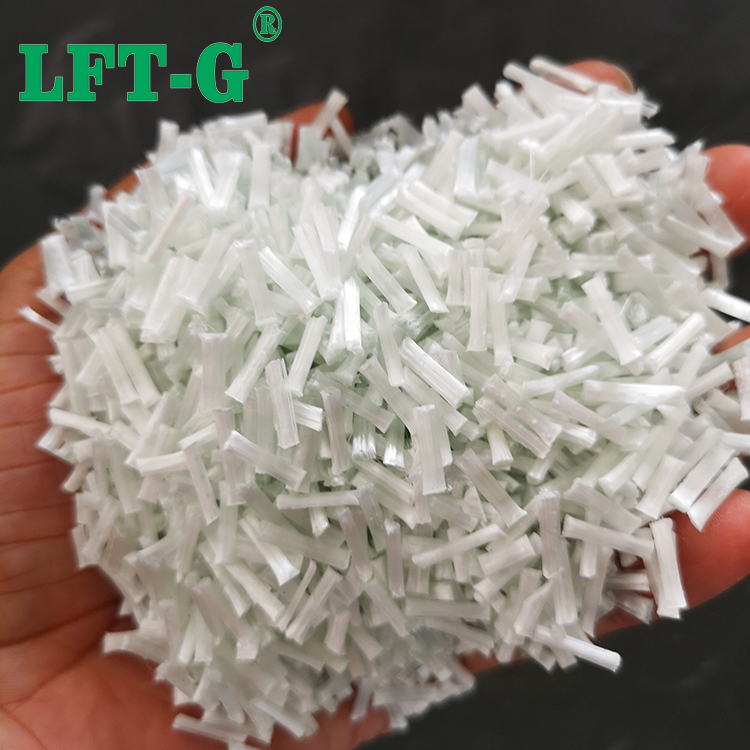
Compared with Short fiber(SGF)
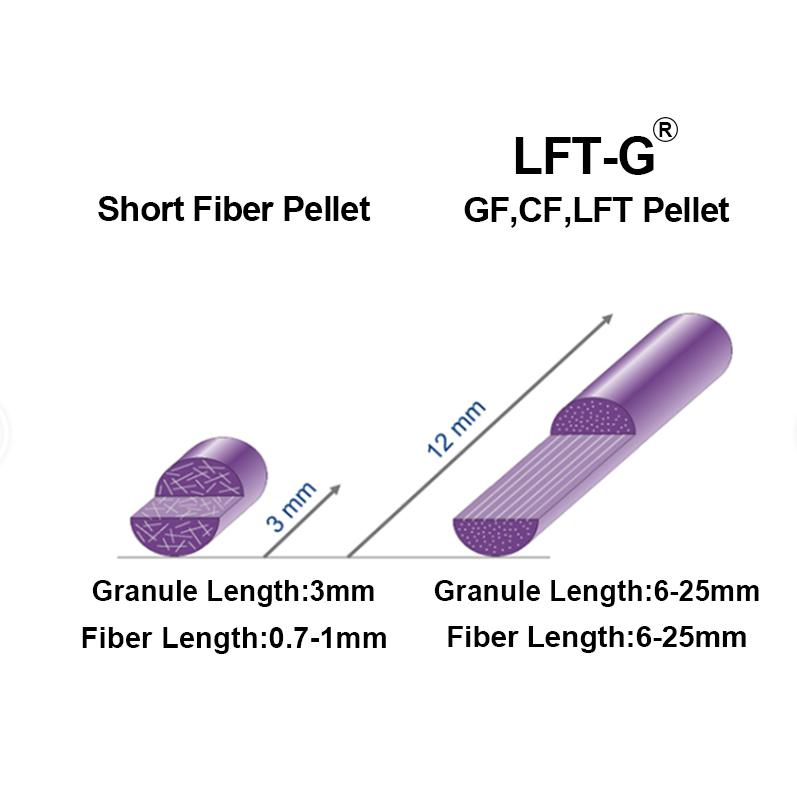
Compared with the short fiber, it has more excellent performance in mechanical properties. It is more suitable for large products and structural parts. It has 1-3 times higher (toughness) than short fiber, and the tensile strength (strength and rigidity) is increased by 0.5-1 times.
Injection molding
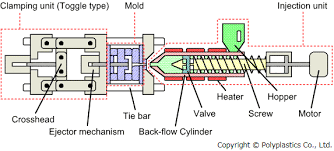
Lab
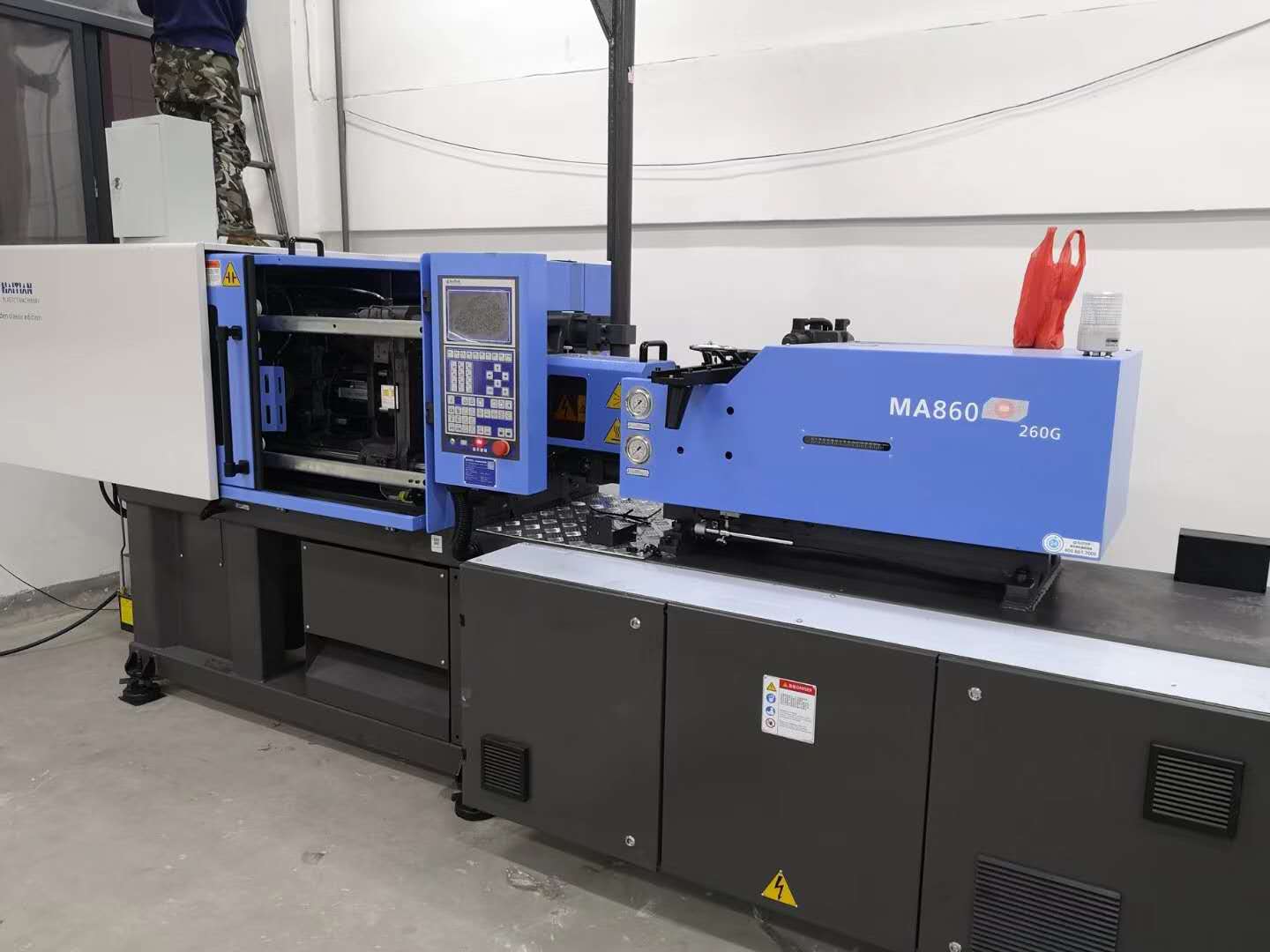
Warehouse
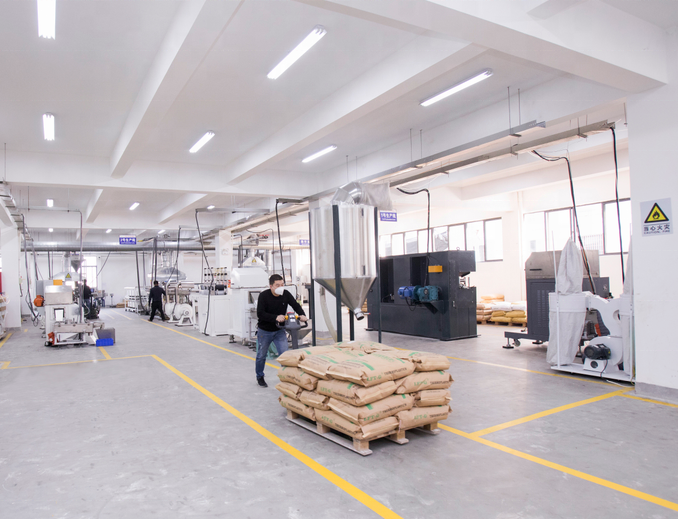
Certification
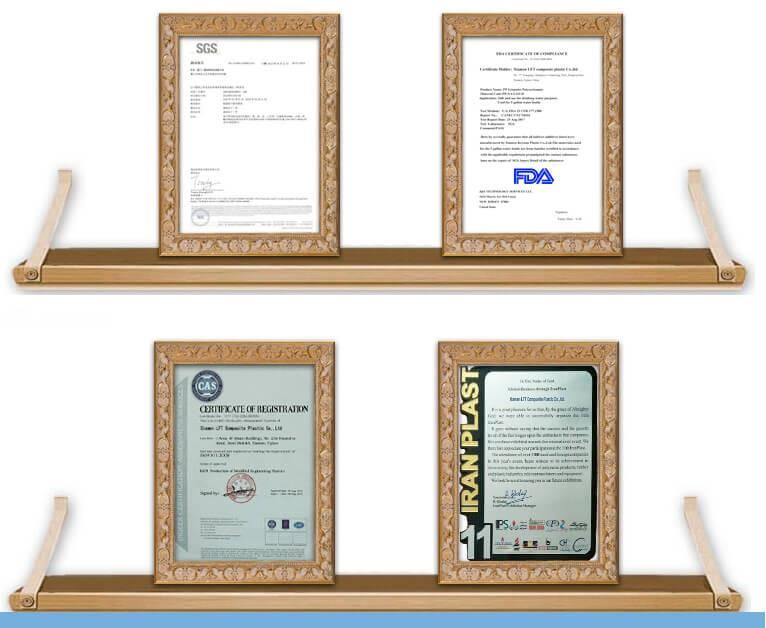
Xiamen LFT composite plastic Co., Ltd
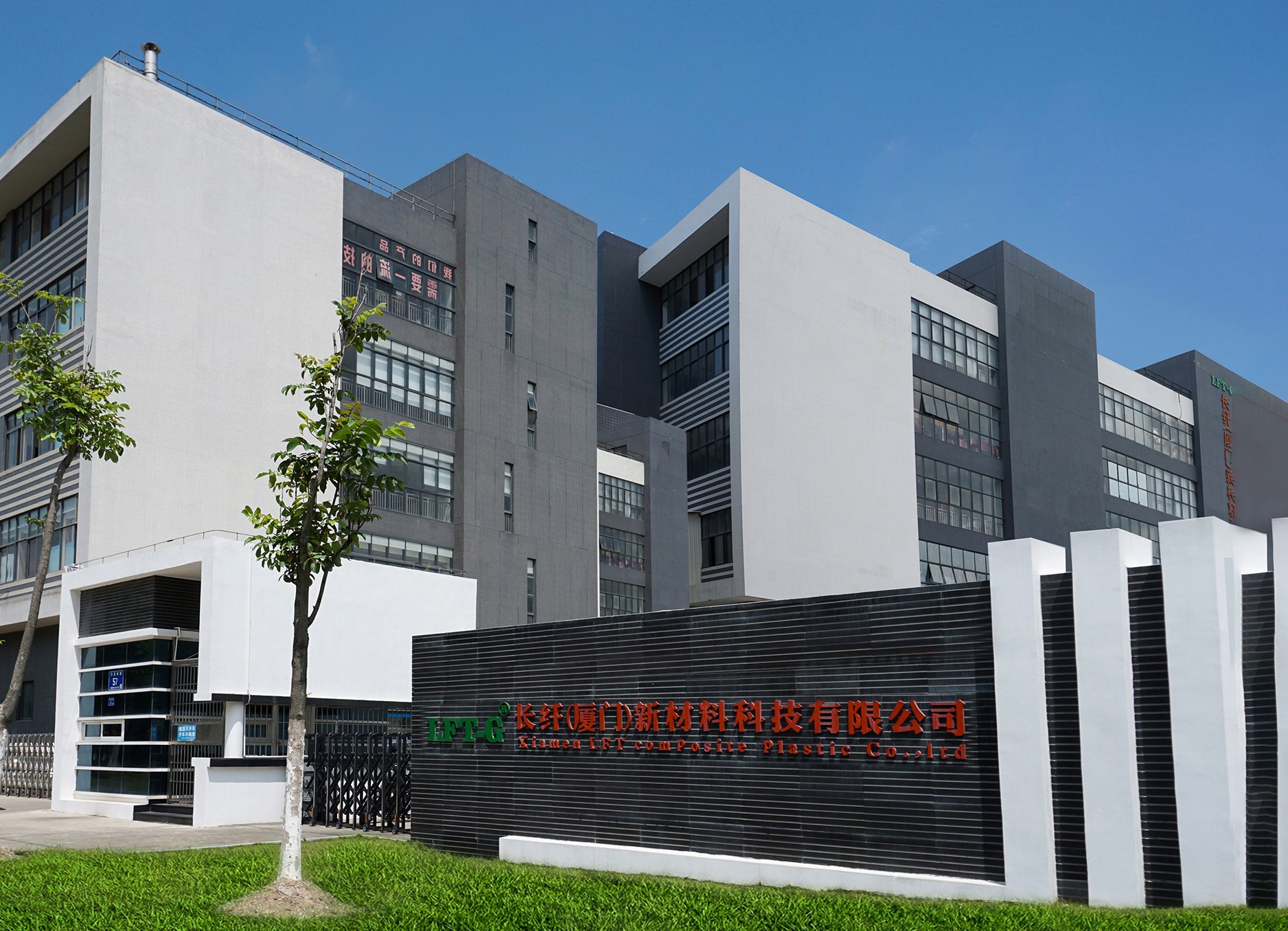
Xiamen LFT composite plastic Co., Ltd. is a brand-name company that focuses on LFT&LFRT. Long Glass Fiber Series (LGF) & Long Carbon Fiber Series (LCF). The company's thermoplastic LFT can be used for LFT-G injection molding and extrusion, and can also be used for LFT-D molding. It can be produced according to customer requirements: 5~25mm in length. The company's long-fiber continuous infiltration reinforced thermoplastics have passed ISO9001&16949 system certification, and the products have obtained lots of national trademarks and patents.